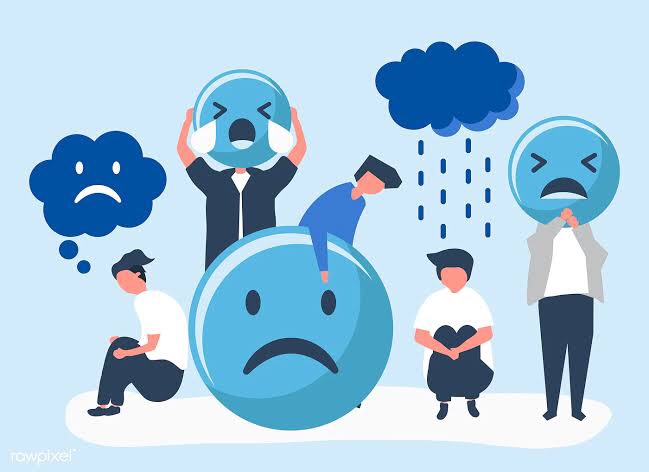Seasonal Affective Disorder (SAD) is a type of depression which can affect anyone whether and usually comes and goes with the seasons mostly beginning in the start of fall or winter and going around spring time.
Symptoms of SAD
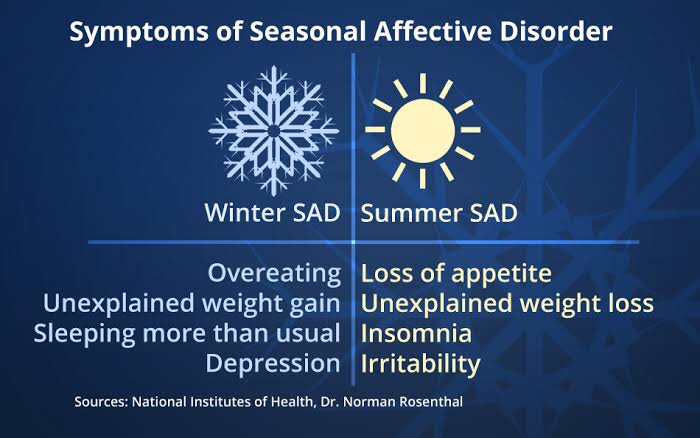
Some of the symptoms related to this disorder include lack of interest in activities, sleeping too much, lethargy, gaining weight, loss of appetite, lack of concentration in work or other activities, suicidal thoughts, social withdrawal, etc.
Seasonal Affective Disorder may occur due to a number of reasons. During fall/winter months our body receives less sunlight while darkness is more apparent, this in turn can affect melatonin levels (which is a hormone that regulates the sleep-wake cycle), thus resulting in changes in sleeping patterns and leaving us feeling gloomy and upset.
Secondly, the lack of sunlight and Vitamin D can cause changes in the body thus triggering depression. The lack of sunlight can also cause a drop in serotonin levels (a chemical in the body which helps regulate mood, social behavior, sleep, memory patterns, etc) in the brain which can trigger depressive state.
Who all can suffer from Seasonal Affective Disorder?

Anyone can suffer from this type of disorder some categories include:
- Females
- Any person having a previous diagnosis of depression
- Anyone having a family history of this type of depression
- Younger people and children
- Anyone who lives in a country which receives lesser sunlight throughout the year
How to cure Seasonal Affective Disorder?
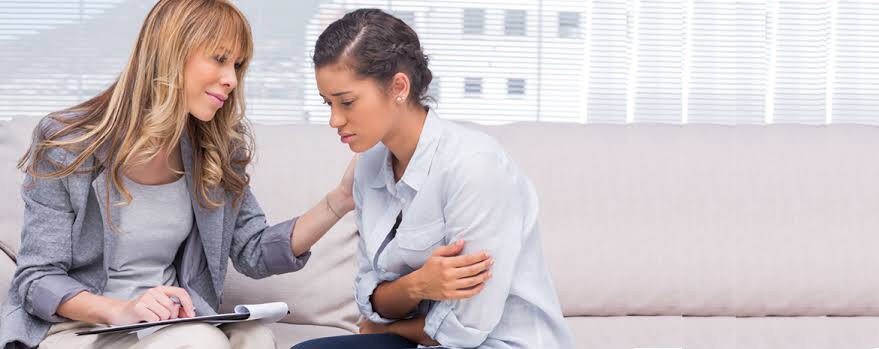
Get Professional Help – If you’ve had symptoms of SAD in the fall/winter months during the last two years, only then you are affected by the disorder. You must seek professional help in such a case. If you feel you can not cope yourself, a psychiatrist or therapist may be able to help you. Pay attention to your mind, body and overall physical state and visit a professional.
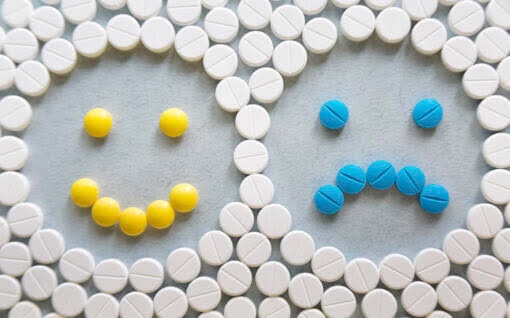
Antidepressant Medication – Medication should only be taken when prescribed by a professional for disorders.
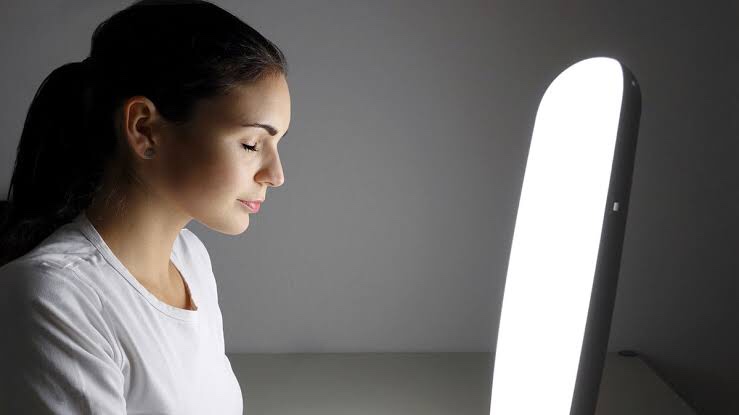
Light Therapy – This is a therapy related to receiving light to cure the symptoms of SAD. During this method, you can sit or work near a device known as a light therapy box. This box will give you bright light which will feel like outdoor natural light. It is a safe way of treatment and has few side effects.
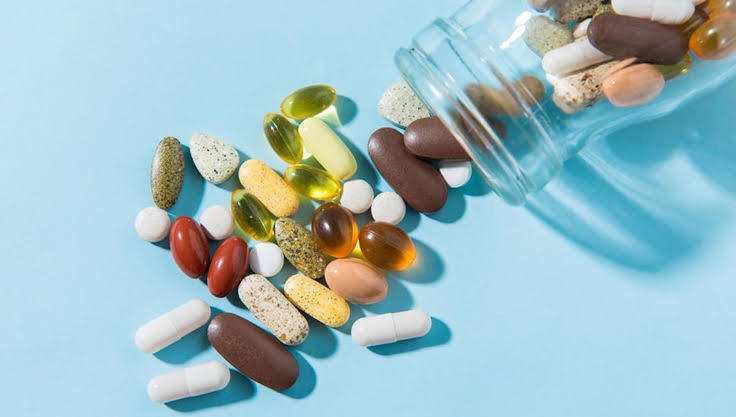
Vitamins and Supplements – Sunlight gives off Vitamin D but if you’re unable to receive much of it during the season, you can surely take supplements of Vitamin D. Other than that, Vitamin B6, B12 and omega fatty acids also improve mood and energy levels.

Eat the right food – Eating the right food can help increase energy levels and mood. Foods which contain carbs should be mostly avoided when you’re feeling symptoms of sad. Such foods are bread, pasta, potato chips, etc. You should try and eat healthy foods such as fish, berries, vegetables, etc.

Outdoor activities – Going out while there is daylight should be on your agenda. You can either take a walk outside or do some sort of exercise while taking in the sunlight while it is still there. Yoga, meditation and any other physical activity can also help cure SAD and ease the symptoms making you feel chirpy and happy.
